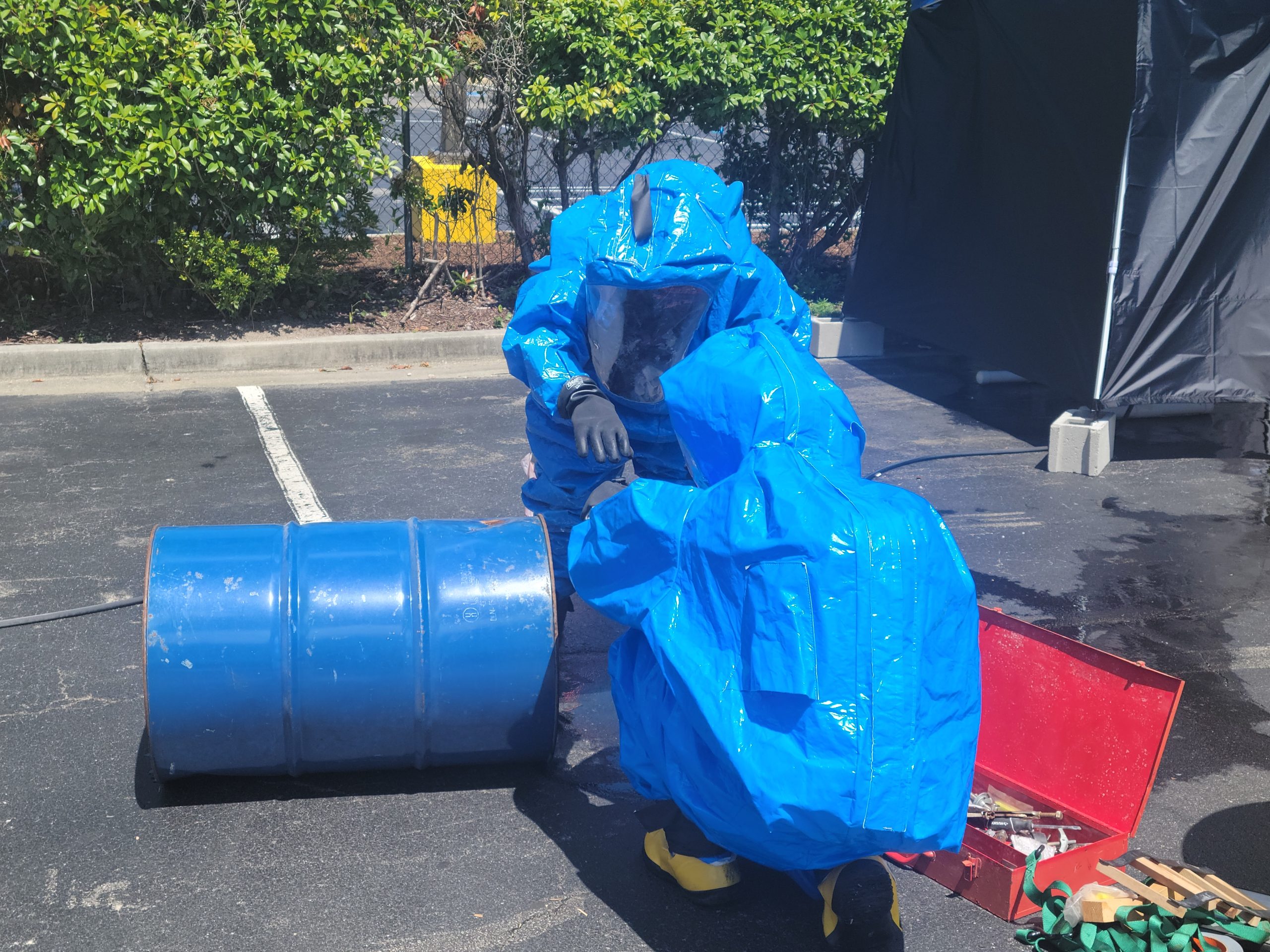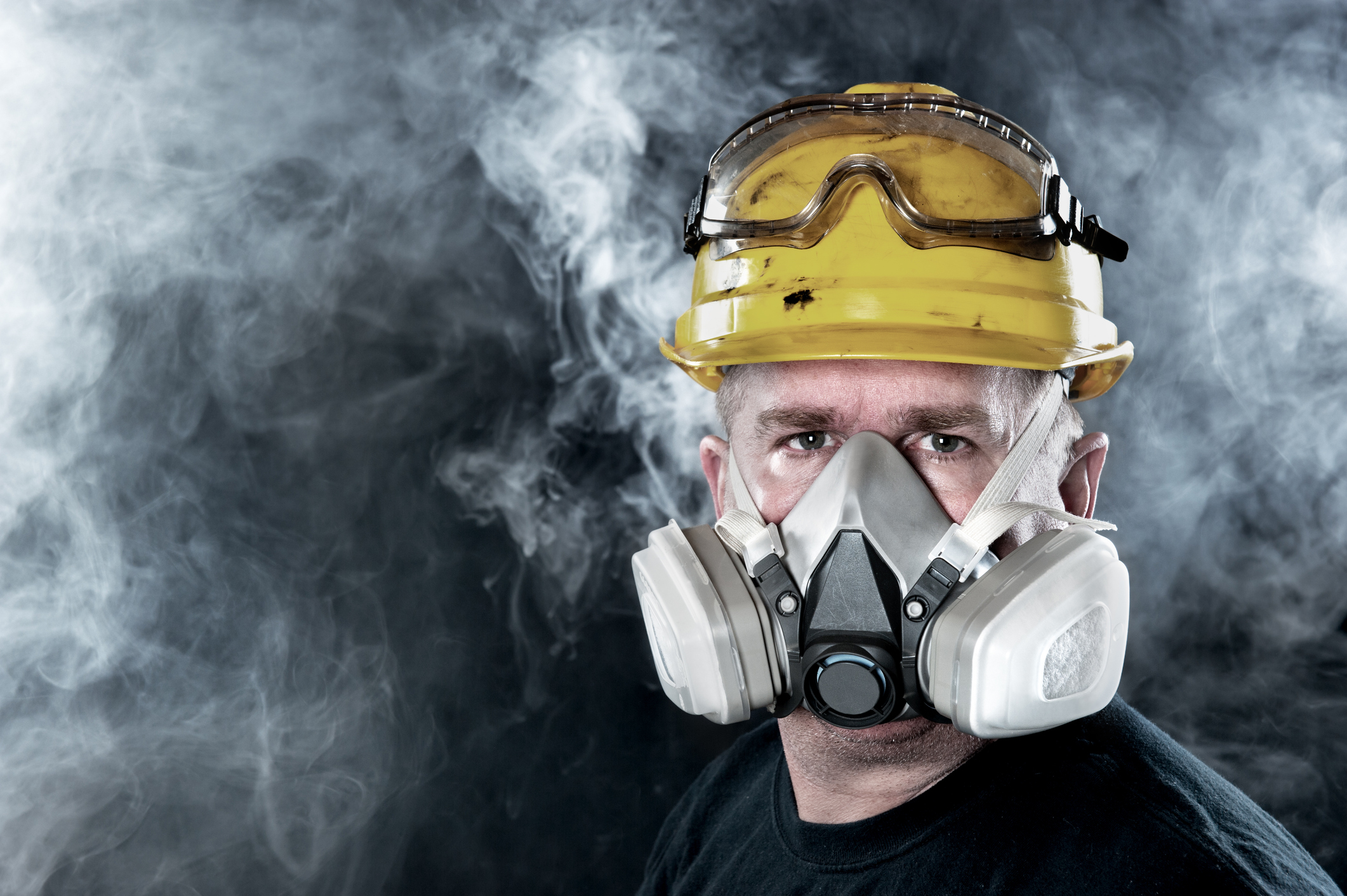Hazardous Materials

Hazardous materials (hazmat) are any material that has properties that may result in risk or injury to health and/or destruction of life or facilities. Many hazardous materials (hazmat) do not have a taste or an odor. Some can be detected because they cause physical reactions such as watering eyes or nausea. Some Hazardous Materials exist beneath the surface of the ground and have an oil or foam-like appearance. The substance can be identified from placards, labels or markings on the transporters.
Hazardous Material can be:
1. Corrosive Hazmat Materials:
Corrosive hazmat materials are strong enough to eat away at steel drums or human skin. Because they can eat through the containers they are carried in, they are of special concern during transportation. Example: car battery acids
2. Ignitable Hazmat Materials:
Ignitable hazmat materials present a fire hazard because they are flammable at relatively low temperatures. This causes a risk of explosion and the spreading of toxic gas over an area, as well as fire and smoke. Examples: paint removers, the chemical Benzene
3. Reactive Materials:
Reactive materials can explode or release deadly fumes by mixing with water or reacting to heat or pressure. Examples: old weapons and ammunition, sodium metal, stannic chloride
4. Radioactive Materials:
Radioactive materials include materials with both high and low radioactivity that can lead to dangerous side effects for thousands of years. Most of these materials are produced at nuclear power plants and by research facilities.
5. Toxic Hazardous Materials:
Toxic hazardous materials consist of poisonous chemicals. People and animals exposed to these types of materials can develop severe health problems. Examples: lead, arsenic, mercury
6. Infectious Materials:
These materials are also toxic wastes, but are in a separate category. They consist of materials infected with some type of germ, bacteria, or virus that could cause disease in humans or animals. These types of materials often come from hospitals. Examples: hypodermic needles, human and animal waste.
Classification of Hazardous Materials:
The DOT has broad authority to regulate hazardous materials that are in transport, including the discretion to determine which materials shall be classified as “hazardous”. These materials are placed in one of nine categories, based on their chemical and physical properties. Based on the classification of the material, the DOT is also responsible for determining the appropriate packaging materials for shipping or transport. Finally, also based on the material classification, strict guidelines are furnished for proper labeling/marking of packages of hazardous materials offered for transport, and for placarding of transport vehicles.
Class 1: Explosives
Division 1.1 – Articles and substances having a mass explosion hazard
Division 1.2 – Articles and substances having a projection hazard, but not a mass explosion hazard
Division 1.3 – Articles and substances having a fire hazard, a minor blast hazard, and/or a minor projection hazard, but not a mass explosion hazard
Division 1.4 – Articles and substances presenting no significant hazard (explosion limited to package)
Division 1.5 – Very insensitive substances having a mass explosion hazard
Division 1.6 – Extremely insensitive articles which do not have a mass explosion hazard
Class 2: Gas
Division 2.1 – Flammable Gas
Division 2.2 – Non-flammable, non-toxic gas (under pressure, inert, etc.)
Division 2.3 – Toxic Gas
Class 3: Flammable Liquids (100 Degrees F or less closed cup)
Flammable Gas
Combustible
Class 4: Other Flammable Substances
Division 4.1 – Flammable Solid
Division 4.2 – Substances liable to spontaneous combustion
Division 4.3 – Substances which, in contact with water, emit flammable gases
Class 5: Oxidizing Substances and Organic Peroxides
Division 5.1 – Oxidizers
Division 5.2 – Organic Peroxides
Class 6: Toxic (Poisonous) and Infectious Substances
Division 6.1 – Toxic Substances
Division 6.2 – Infectious Substances
Class 7: Radioactive Material
Division 7 – Radioactive Material
Class 8: Corrosives
Division 8 – Corrosives
Blog Posts
Latest Posts
Related Posts




